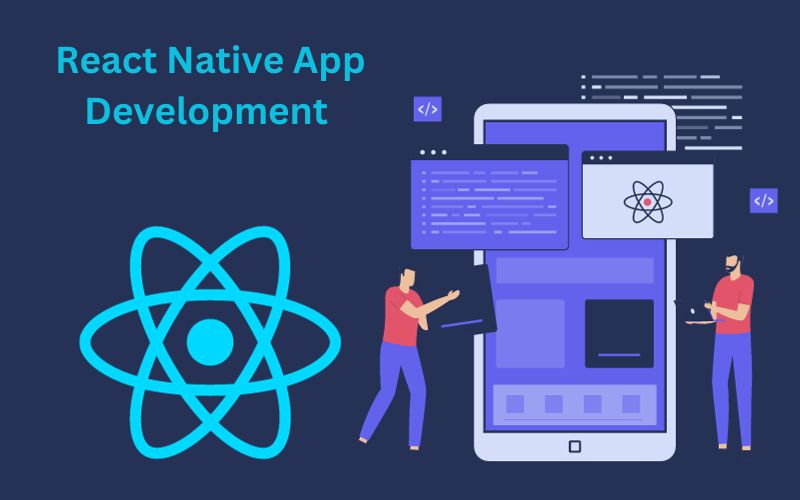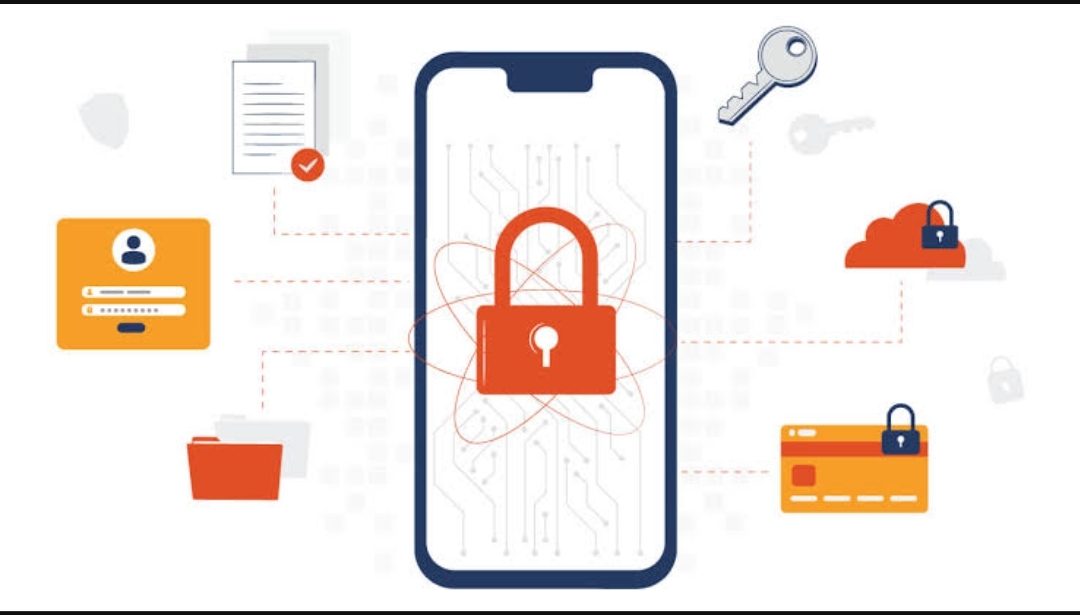PWAs: The Mobile App Revolution You Didn’t Know About

Back in the day, web apps were a real hassle. They were slow, hard to figure out, and just too complicated. These days, there’s a significant advancement with Progressive Web Apps transforming the web experience, erasing the boundaries between websites and traditional apps.
User expectations are higher than ever in the current online marketplace. Both on desktop and mobile devices, they expect smooth and engaging experiences. These standards are often difficult for traditional websites to meet, but a new generation of web applications is disrupting the way websites function. Presenting PWAs: the web development of the future.
This article covers Progressive Web Apps and how they provide web users with experiences similar to those of apps. To enable you to create outstanding web development services that attract users, we’ll break down the essential elements, advantages, and best practices.
What are PWAs?
Imagine a website that loads in a blink, functions offline, pings you with notifications, and glides as smoothly as your top-tier native app. That’s precisely what a PWA offers. By harnessing modern web tools, PWAs offer an app-like experience accessible from any device with a web browser.
Why Choose PWAs?
- Expand Your Reach: With no app store limitations, PWAs are accessible to all users across any device, wherever they may be.
- Elevate User Experience: Speedier loading, offline capabilities, and push notifications ensure users stay engaged and return for more.
- Cost-Efficient Development: Development and maintenance costs are reduced when all devices use the same codebase.
- Heightened Visibility: PWAs are easily searchable by search engines, enhancing your online presence and discoverability.
- Boost Conversion Rates: Quick load times and seamless experiences result in happier users, ultimately driving up conversion rates.
Why Progressive Web Apps Are Important
Let’s start by understanding the basics of Progressive Web Apps in order to better appreciate what makes them unique. PWAs are essentially web applications that simulate apps by utilizing modern web capabilities. Despite using web technologies such as HTML, CSS, and JavaScript, they offer native application-like functionality, performance, and interactivity.
Push Notifications
Sending push notifications to users, just like native apps do, is a key perk of PWAs. They can shoot out instant alerts to keep users in the loop, even when they’re not actively using the app, after getting their thumbs-up. This opens up loads of opportunities for businesses to reconnect with users and boost conversions.
Offline Functionality
The offline functionality of PWAs is one of their most amazing features. PWAs can cache and serve content by employing service workers, which guarantees that users can access the app even in situations with poor or inactive internet connectivity. Lowering network dependencies improves performance and offers a continuous user experience.
App-Like Navigations and Interactions
PWAs are great at offering native-feeling interactions and navigation. One way to give customers instant access without opening a browser is to install them on their home screens.
PWAs’ smooth screen transitions, swiping gestures, and hardware acceleration mimic the feel of native applications. These characteristics give users immersive, memorable experiences.
Building Blocks of Progressive Web Apps
Let’s now explore the essential elements that work together to make PWAs a reality.
Web App Manifest
One key JSON file that contains the PWA’s metadata is called the Web App Manifest. Developers can specify preferred orientation, display modes, app icons, and much more. Developers can make sure that users have a customized experience in terms of both functionality and appearance by adjusting these parameters.
Service Workers
PWAs rely on service workers to provide push notifications, offline functionality, and other features. These scripts handle cached content and intercept network requests while operating in the background, separate from the website. They offer the framework for handling push notifications, caching techniques, and resource management for apps.
Responsive Design
In order for PWAs to work well across different devices and screens, responsive design is essential. By using media queries, flexible layouts, and images that adjust, developers ensure the apps fit nicely on any screen. No matter what device a user uses, a positive experience is guaranteed thanks to this mobile-first strategy.
Secure Connections
User trust is more important than at any time in today’s technologically advanced world due to the rise in cyberattacks. For improving security progressive web apps have to be delivered over HTTPS in order to preserve data integrity and ensure secure connections. In addition to safeguarding user data, HTTPS allows push notifications and service workers to operate. It’s essential to establish the app’s credibility and trust.
Best Practices for Crafting Remarkable PWAs
After examining the fundamental elements of Progressive Web Apps, let’s discuss some best practices for developing outstanding, user-focused web apps.
Performance Optimization
For web apps, performance is an important aspect. Providing responsive, fast experiences requires optimizing your PWA for speed. Important methods include using browser caching, optimizing images, minifying JavaScript and CSS, and lazy-loading resources. The Lighthouse tool from Google can be used to pinpoint areas that need work.
Installability
To truly offer an app-like experience, encourage users to install your PWA on their home screens. Implementing the “Add to Home Screen” prompt ensures easy access and increases user engagement. Follow the Web App Install Prompt Guidelines to enhance discoverability and streamline the installation process.
Offline Experience
Designing your PWA to gracefully handle network failures is vital. By employing service workers and caching strategies, you can serve cached content when the user goes offline. Additionally, giving users a clear indication of their offline status and providing informative error messages help manage expectations and mitigate frustrations.
Progressive Enhancement:
Building PWAs that are accessible to a broad audience, including users with slower connections or devices with limited capabilities, is based on the fundamental principle of progressive enhancement.
To ensure that the app functions on all devices, start with a strong foundation and add features one by one. As an attribute of exceptional PWAs, this guarantees user inclusivity and accessibility.
Summary
Progressive web apps are beginning to appear more desirable as they replace native apps and conventional websites. PWAs are the web development model of the future because of their amazing performance, engaging features, and app-like experiences. They are also compatible with offline functionality.
By using the primary PWA building blocks, incorporating best practices, and strongly emphasizing user-centric design, you can make outstanding web applications that capture users and go above and beyond their expectations. PWAs are undoubtedly something you should think about if you want to boost user engagement, expand your audience, and boost revenue.
Also Read More : hsnime





